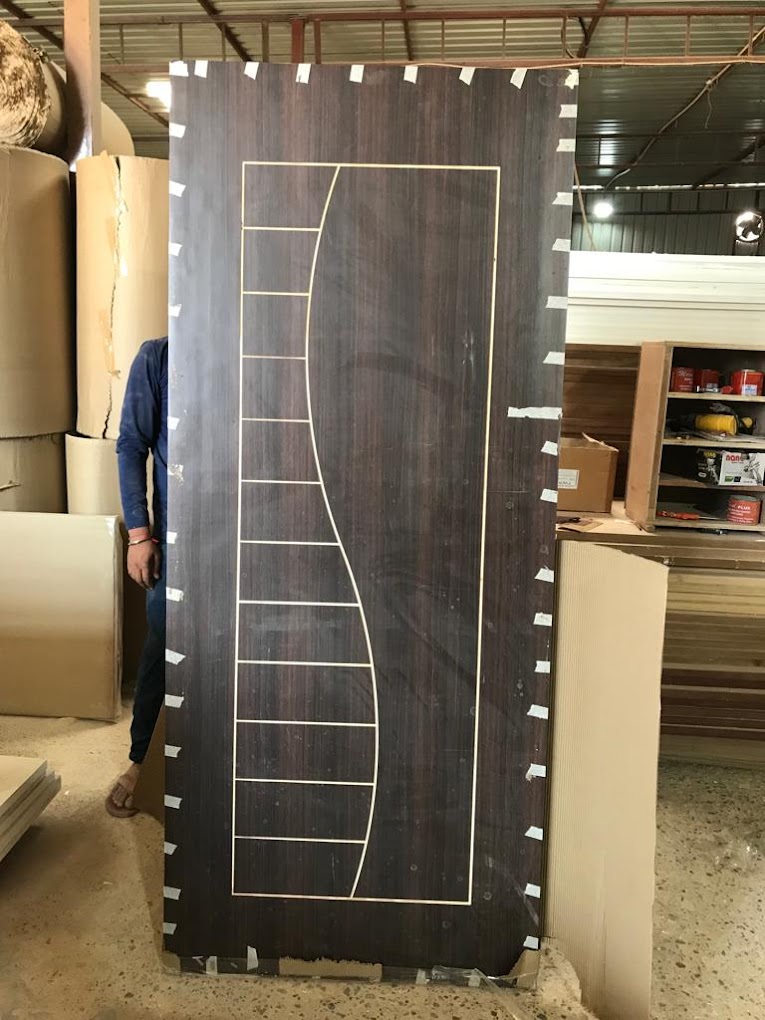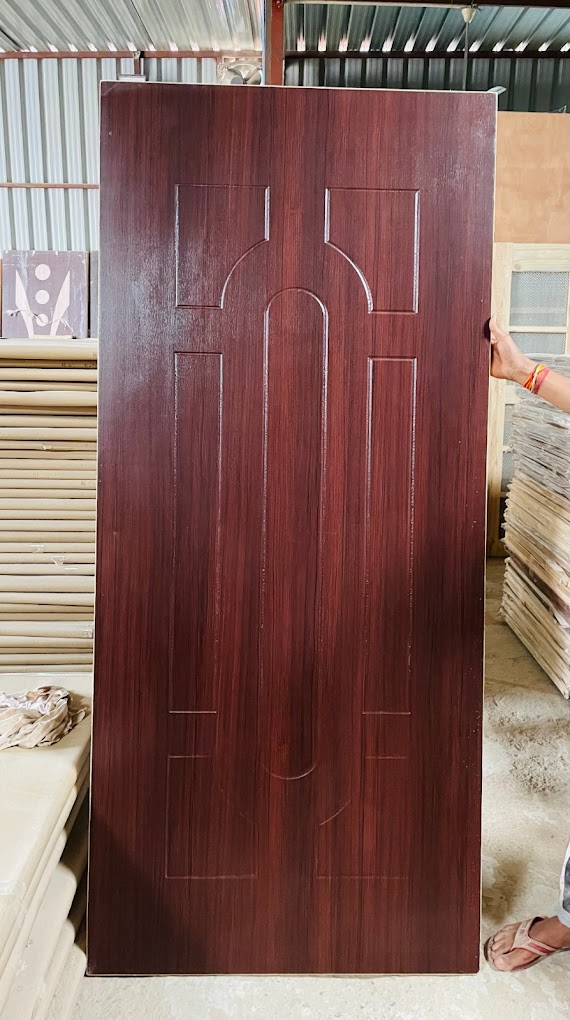New Balaji Door Factory verses Bala Ji Door Company Pinjore
The million dollar question is, where you should go?

Because the name and legacy follow those, Who have the courage to do business with high level of ethics, and customer centric approach. Here no need to say, that BALA JI DOOR COMPANY Pinjore has tons of plus points and positivity, and thousand of satisfied customers across the states.

Here is something we want to share about Indian Wood Doors and its legacy in precise manner. So enjoy the article below, and incase of any Query, Order or Estimate call on the numbers mentioned on the business card or Contact Us Please.
The Timeless Appeal of Wooden Doors in India
In the vibrant tapestry of Indian architecture, wooden doors stand out as not just functional elements but also as embodiments of culture, craftsmanship, and tradition. From the intricately carved entrances of ancient temples to the rustic charm of rural homes, wooden doors reflect the diverse heritage of India. This blog delves into the significance, styles, materials, and contemporary relevance of wooden doors in the Indian context.
Historical Significance of Indian Wood Work
Wooden doors have been integral to Indian architecture for centuries. They served as the primary entrances to homes, temples, and forts, symbolizing protection and sanctity. The craftsmanship involved in creating these doors often reflected the cultural and regional nuances of the artisans. For instance, the ancient city of Hampi is renowned for its stunning wooden doors that showcase intricate carvings and motifs, often depicting scenes from mythology and nature.
In many Indian traditions, the door is not just a barrier but a threshold between the outside world and the sanctum of the home. It represents the transition from the chaos of the external environment to the serenity within. This belief is deeply embedded in practices such as the ‘Puja,’ where the door is often adorned with auspicious symbols to invite positivity and ward off negativity.

Wooden Doors Materials and Craftsmanship
The choice of wood in Indian door-making varies by region, influenced by the local climate and availability of resources. Teak, Sal, Mahogany, and Rosewood are among the most commonly used hardwoods due to their durability and aesthetic appeal. Each type of wood possesses unique characteristics; for example, teak is known for its resistance to moisture, making it ideal for coastal regions.
Artisans employ a range of techniques to create wooden doors, from simple designs to elaborate carvings. Traditional methods often involve hand tools, ensuring that each piece retains its individuality. The artistry can include intricate jali work (lattice) that allows light and air to flow while providing privacy. This is especially prevalent in Rajasthani architecture, where doors are adorned with vibrant colors and mirror work, reflecting the arid landscape’s cultural richness.
Styles of Wooden Doors at Bala Ji Door Company Pinjore
The styles of wooden doors in India are as diverse as its cultures. Here are a few notable styles:
- Carved Doors: Found in temples and havelis, these doors often feature elaborate designs, mythological figures, and floral motifs. The craftsmanship involved is a testament to the skills of artisans, who can take weeks or even months to complete a single door.
- Paneled Doors: Common in contemporary homes, paneled doors provide a sleek, minimalist look. They can be made from a single piece of wood or multiple planks, allowing for versatility in design.
- Double Doors: Symbolizing grandeur, double doors are often seen in mansions and palaces. They offer an impressive entrance and can be heavily embellished with carvings or metal fittings.
- Rustic Doors: Characteristic of rural architecture, these doors often feature a rough-hewn finish, showcasing the natural beauty of the wood. They may be adorned with iron hinges and locks, reflecting simplicity and functionality.
- Jali Doors: These are perforated wooden doors that provide ventilation and natural light while maintaining privacy. They are particularly popular in traditional houses in southern India and are often used in courtyards.

Cultural Symbolism
In many Indian households, the door is a significant cultural symbol. The act of entering through a door is often associated with new beginnings. During festivals like Diwali, doors are adorned with torans (decorative hangings) and rangoli (colorful patterns), welcoming guests and deities into the home.
In rural areas, doors often reflect the social status of the household. A well-crafted wooden door with intricate carvings can indicate wealth and respectability. Conversely, simpler doors may signify a more modest lifestyle.
Sustainability and Eco-Friendliness
As the world moves toward sustainable practices, wooden doors offer an eco-friendly option compared to synthetic materials. When sourced responsibly, wood can be a renewable resource. Many Indian artisans are now focusing on sustainable harvesting practices, ensuring that their craft contributes positively to the environment.
Additionally, the longevity of wooden doors makes them a worthwhile investment. Unlike synthetic materials that may wear out quickly, quality wooden doors can last for decades, even centuries, with proper care. This durability not only adds to their aesthetic value but also aligns with the principles of sustainable living.
Modern Trends and Innovations
While traditional wooden doors remain popular, contemporary designs are also gaining traction. Minimalist styles, which emphasize clean lines and functionality, are becoming more common in urban settings. These designs often blend traditional craftsmanship with modern aesthetics, creating a unique fusion that appeals to a broader audience.
Moreover, technological advancements have introduced new treatments and finishes for wooden doors, enhancing their durability and resistance to weather and pests. This means that homeowners can enjoy the beauty of wood without the constant upkeep traditionally associated with it.

Maintenance and Care
To ensure the longevity of wooden doors, proper maintenance is essential. Regular cleaning with a soft cloth can prevent dust accumulation. Applying a coat of oil or varnish periodically helps to protect the wood from moisture and sun damage. In regions with high humidity, it’s advisable to check for signs of mold or rot and address any issues promptly.
Conclusion
Wooden doors are more than just entry points; they are a blend of art, culture, and functionality that reflects India’s rich heritage. From their historical significance to contemporary designs, wooden doors continue to capture the imagination of architects, designers, and homeowners alike. As we embrace modernity, the timeless appeal of wooden doors reminds us of our roots, making them a cherished element in the evolving landscape of Indian architecture. Whether in a bustling city or a serene village, the presence of wooden doors adds a touch of warmth, elegance, and history, bridging the past with the present.
In the end, as we walk through these beautifully crafted doors, we don’t just enter a space; we step into a story—one that speaks of tradition, craftsmanship, and the enduring spirit of India.


Leave a Reply